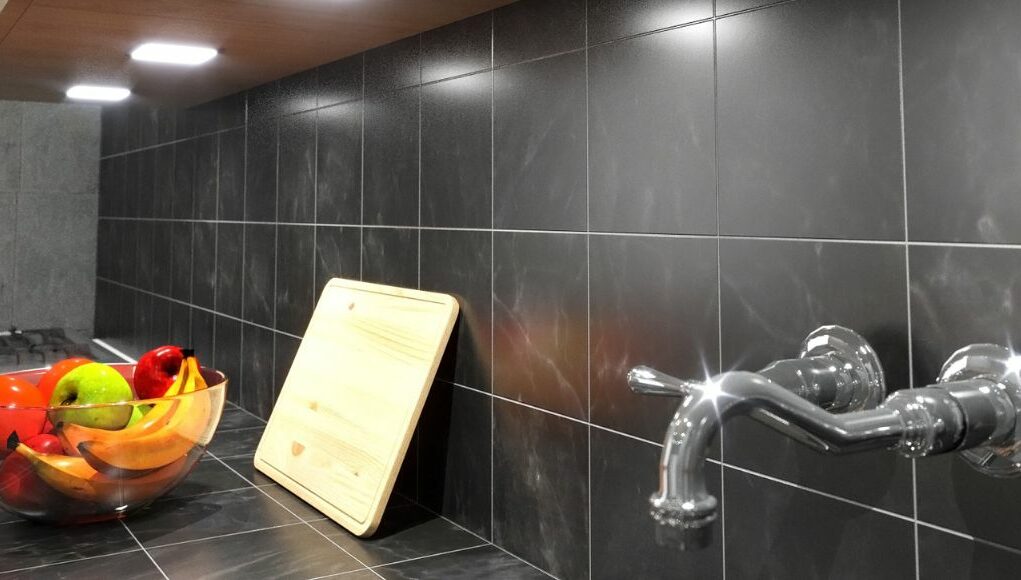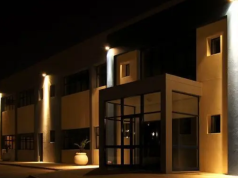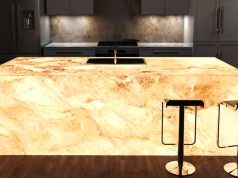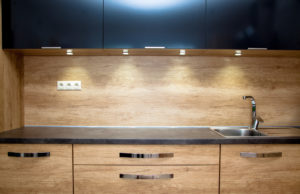While lighting is a crucial part of interior design, it’s often overlooked and considered an afterthought. However, that should not be the case. Lighting stages the ambience of a space, affects the perception of the room, and influence a person’s mood. There are various elements that you need to think about when creating a good lighting design than just finding beautiful chandeliers and pendant lamps!
As a matter of fact, there are three essential elements in lighting design: ambient lighting, accent lighting and the one that will be the main focus here, task lighting. All three aspects must work together in perfect synergy to guarantee an outstanding result. If one of them is lacking, it may not turn out as well as you expect.
If ambient lighting is the first layer, task lighting is the second coating of lighting design. It is incorporated to remove the shadows surrounding the areas where you perform tasks and daily activities. So, even if you’re cooking, reading a book, doing your make-up, or working/studying, task lighting will ensure that you have a good view of what you’re doing.
The Basics of Task Lighting
Task lighting provides more illumination for a specific task in a room with ambient lighting. It can help you see tiny details and low-contrast objects. If you’re sewing, reading a book, or chopping, task lighting can assist in creating an environment that’s more comfortable and safe as you do the activity.
There are many benefits to having task lighting in your home. If you think the general illumination of ambient lighting is enough, it’s actually not. With the structure of your home, furniture pieces and other decorative and practical elements, a single overhead lighting is not enough. It’ll create shadows that make the space look cramped and not functional. You’ll need the power of task lighting to disperse those shadows and reinforce the light delivered throughout your area.
What are the different ways to add task lighting in your rooms? You can put cabinet lighting underneath your kitchen cabinets to brighten your countertops. Also, you can hang a pendant light or ceiling spotlights over your kitchen island for focused luminance. In your study room, you can add a desk lamp or install a wall lamp in your desk area. Say you have a reading nook in your living room. You can set up a floor lamp for extra lighting while you immerse yourself in your book!
Types of Task Lighting Fixtures
You can classify task lighting into different categories based on their use. Some of the most common you’ll see at home and used for interior design are table lamps, desk lamps, pendant lights, and wall lights.
- Table Lamps – This type of task lighting can provide sufficient illumination to a workspace, bedside table, or lounge. If you like reading or journaling before going to bed, you can put a table lamp on your bedside table for supplementary lighting.
- Desk Lamps – Typically, desk lights are modifiable (adjustable arm or gooseneck) to meet your requirements. You can fix it on a particular spot so the lighting is focused on one area. If you’re sharing a room with your siblings or husband/wife, this is more ideal than a table lamp since you can control the light beam’s direction.
- Pendant Lights – Among the various task lighting options, pendant lights are among the most popular. It’s hung from the ceiling to provide direct lighting over a workspace. Since it’s coming from the top, it illuminates a wide area.
- Wall Lights – If you’re lighting a space where pendants are not ideal, and table and desk lamps are not suitable, wall lights may save the day. There are various wall lights designs, but adjustable ones are more functional and perfect for multi-purpose spaces.
When choosing your task lighting, you need to consider the activity that you’ll be doing. It must be appropriate for the task because its whole purpose will be defeated otherwise. Remember, task lighting is there to assist you while performing your work. When you identify the job and choosing the fixture will be easier.
Designing with Task Lighting
When arranging your task lighting, you need to do it right. You’ll have a healthy and functional workspace if you do it correctly. However, if you don’t, you’ll end up with something tiresome and overwhelming! So, before you start putting fixtures here and there, consider following these tips!
- Pay attention to the other lighting sources in your room. It will enable you to add task lighting that will complement the space. So, if you have a reading chair next to a window on the left, adding a task light to the right will help reduce the shadow and brighten the space evenly.
- Add task lighting in an area where it can perform well. You will think this is obvious, but it’s crucial. Placement is vital for task lighting to guarantee its effectiveness. If you place a desk lamp in front of your laptop or monitor, it will create glare. However, setting it away from the monitor/laptop will make the entire space evenly bright and more comfortable.
When adding task lighting in different rooms of your home, the considerations will be diverse. Anyways, the needs will vary as the purpose changes. So, here are a few things that you should know!
Bedroom
If you love reading in your bedroom, you must have practical lighting. Add a table lamp on your bedside table or mount a wall light beside your bed. Whatever you choose, ensure the light switch is near you and opt for a warmer LED colour.
Desk
An adjustable desk lamp will make your work easier, especially when doing paperwork and other focus-intensive activities. However, if you have a computer or any device, a lamp next to it will create glare and cause eye discomfort. What you can do is add a dimmable LED light above and behind your monitor, so you can adjust the intensity to suit your requirements.
Kitchen
Task lighting in the kitchen should eliminate shadows. So, add as much task lighting as possible in your work areas. For example, pendants or ceiling spotlights on top of kitchen islands and under cabinet lights for countertops under your kitchen cabinets.
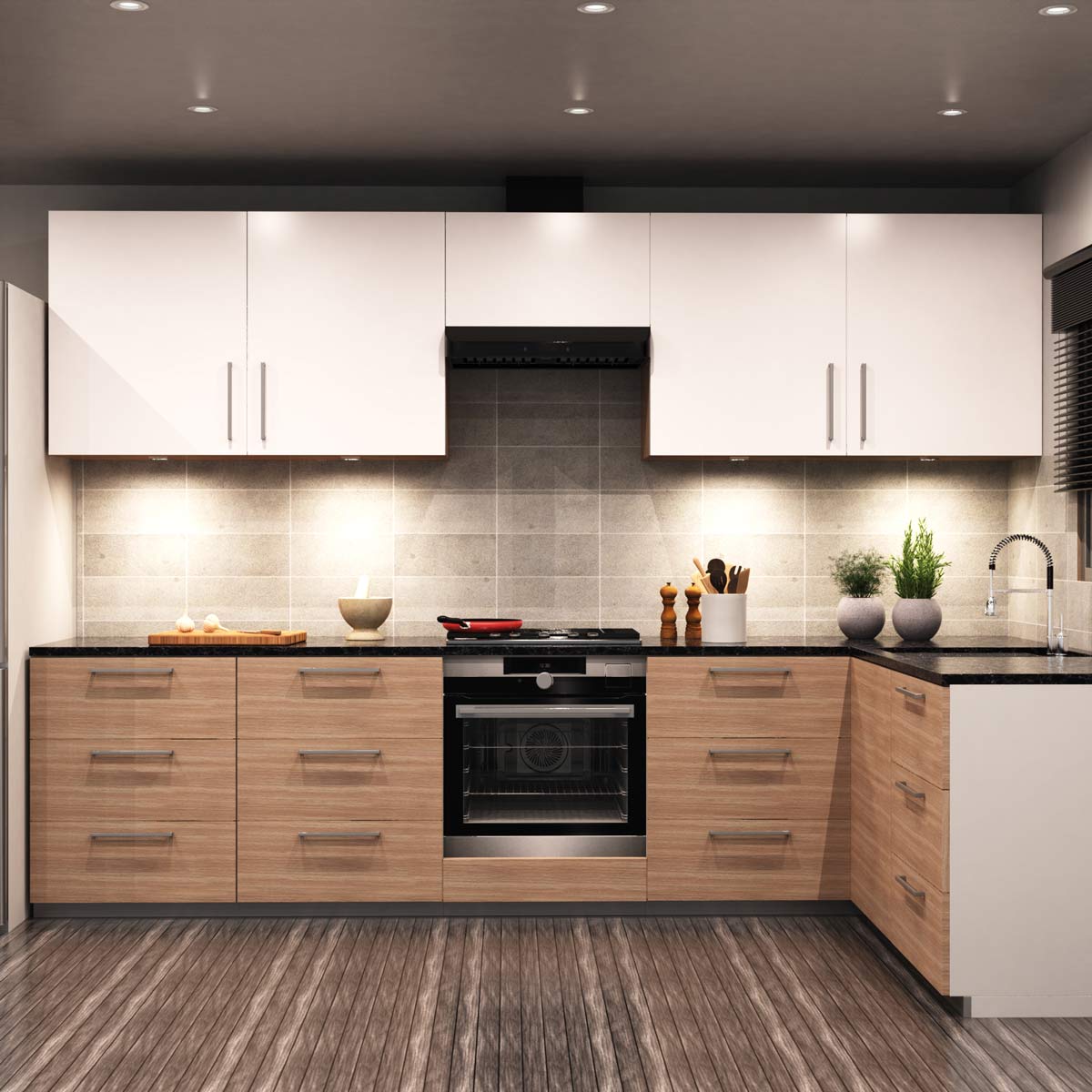
Maximising the Benefits of Task Lighting
As mentioned before, the placement and positioning of task lighting is a crucial part of your lighting scheme. When you design it right, you can eliminate shadows and glare and reduce eye fatigue and headaches. Remember, poor lighting can be a significant contributor to poor eyesight. Therefore, managing it will help you maintain an excellent vision.
When it comes to lighting levels, you should consider setting up your localised task lighting to 400 lux. As for bedroom task lighting, you can lower it from 60 – 100 lux to a maximum of 150 lux to keep the space’s relaxing vibe.
If you’re looking for tips when selecting the bulb and wattage of your lighting fixtures, one thing’s for sure, stick with LEDs. They’re more energy-efficient, long-lasting, low-maintenance and eco-friendly. Also, they have excellent light quality and comes in various colour temperature, shapes, sizes and other varieties!
Task lighting is the direct lighting utilised mainly for specific tasks like writing, reading, sewing, cooking, and other detail-oriented works. It’s the practical part of your interior lighting design which you should not put aside. To effectively incorporate task lighting in your space, determine the purpose and position it correctly!
If you’re looking for high-quality task lighting, visit our website, Simple Lighting! We have an extensive collection of pendant lamps, wall lights, LED bulbs, and other lighting solutions!


